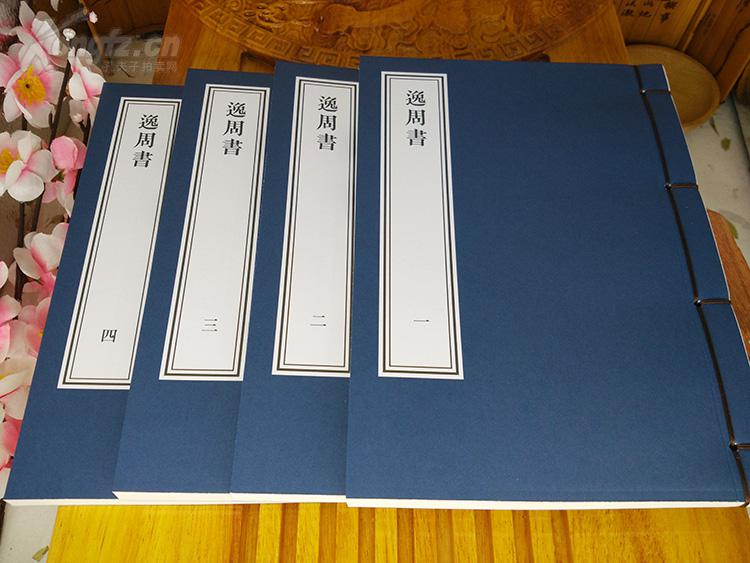Date: 2021-10-24

The Yi Zhou Shu (simplified Chinese: 逸周书; traditional Chinese: 逸周書; pinyin: Yì Zhōu Shū; Wade–Giles: I Chou shu; lit. 'Lost Book of Zhou') is a compendium of Chinese historical documents about the Western Zhou period (1046–771 BCE). Its textual history began with a (4th century BCE) text/compendium known as the Zhou Shu ("Book of Zhou"), which was possibly not differentiated from the corpus of the same name in the extant Book of Documents. Western Han dynasty (202 BC-AD 9) editors listed 70 chapters, of which 59 are extant as texts, and the rest only as chapter titles. Such condition is described for the first time by Wang Shihan 王士漢 in 1669.[1] Circulation ways of the individual chapters before that point (merging of different texts or single text's editions, substitution, addition, conflation with commentaries etc.) are subject to scholarly debates (see below).
Traditional Chinese historiography classified the Yi Zhou Shu as a zashi 雜史 "unofficial history" and excluded it from the canonical dynastic Twenty-Four Histories.
In the 1st-century BCE, the Zhoushu or Yizhoushu text consisted of 10 fascicles (juan 巻 "scroll; volume; book; fascicle") with 70 chapters (pian 篇 "article; section; chapter") and a preface. Eleven chapters were lost around the 12th-century CE, and only the titles survive. The extant text has 59 chapters and a preface, with a commentary for 42 chapters attributed to the Jin dynasty scholar Kong Zhao 孔晁 (fl. 256-266).
Based upon linguistic and thematic consistencies, modern scholarship reveals that 32 chapters constitute a textual "core" treating governmental and military topics.The remaining 27 Yizhoushu chapters are heterogeneous. Some describe historical events ranging from King Wen of Zhou (r. 1099-1050 BCE) down to King Jing of Zhou (Gui) (r. 544-520 BCE); supplementary chapters record topics such as astronomy (52 Shixun 時訓) and posthumous names (54 Shifa 謚法).
